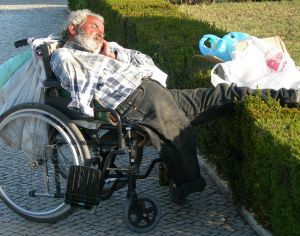Elder Law and Advocacy in San Diego has been providing free legal services for seniors for 30 years, and was profiled in today’s San Diego Union Tribune. Whether it’s drawing up a will or a power of attorney, helping with a problem landlord, or answering questions about Medicare, Elder Law and Advocacy has assists several thousand San Diego County every year.
Walton Law Firm LLP has worked with Elder Law and Advocacy on cases involving nursing home abuse and neglect and can vouch for the organization’s dedication to the plight of senior citizens.
Carolyn Reilly is the executive director of Elder Law and Advocacy, and says that the demand for free legal services for the elderly is rising – keeping her eight lawyers busy – while the funding for those services remains slim. Elder Law operates on a tight budget, with the vast majority of its income coming from grants and individual contributions. This is a worthy organization that deserves the public’s support. It is well-known that a large part of our population is getting older, and organizations like Reilly’s will only become in greater demand.
 California Nursing Home Abuse Lawyer Blog
California Nursing Home Abuse Lawyer Blog


 Being a nurse herself and believing there were available beds, the daughter called the same facility the following day to see if there was room for her mother. Using a different name, she again asked if there were available beds, and this time, after informing the nursing home her mother received Medicare, she was told there were several rooms available, and that the facility would be happy to provide a tour that afternoon.
Being a nurse herself and believing there were available beds, the daughter called the same facility the following day to see if there was room for her mother. Using a different name, she again asked if there were available beds, and this time, after informing the nursing home her mother received Medicare, she was told there were several rooms available, and that the facility would be happy to provide a tour that afternoon.





